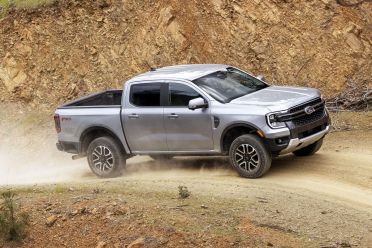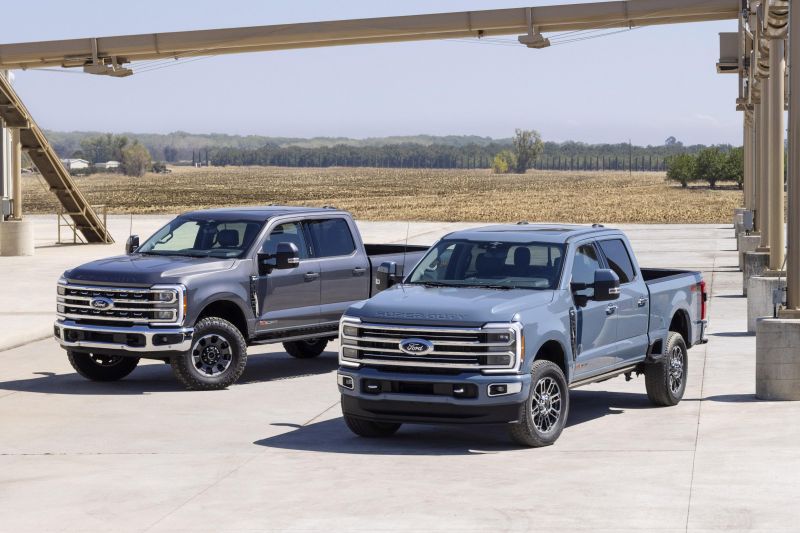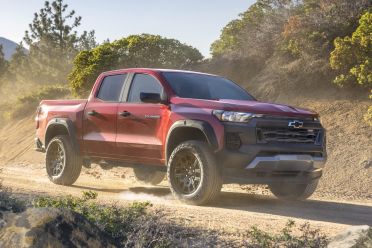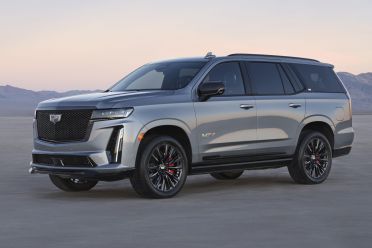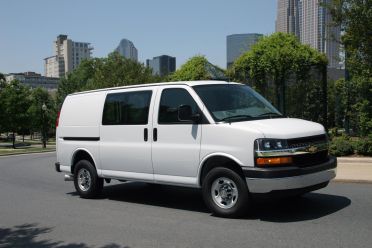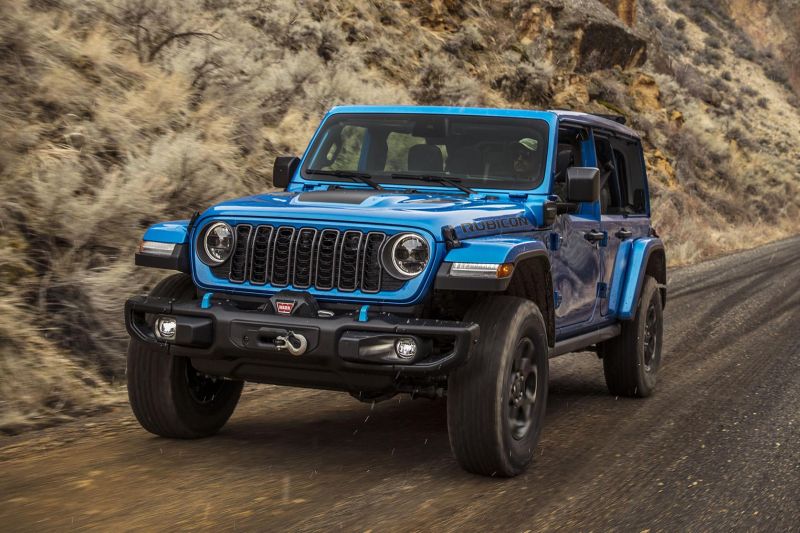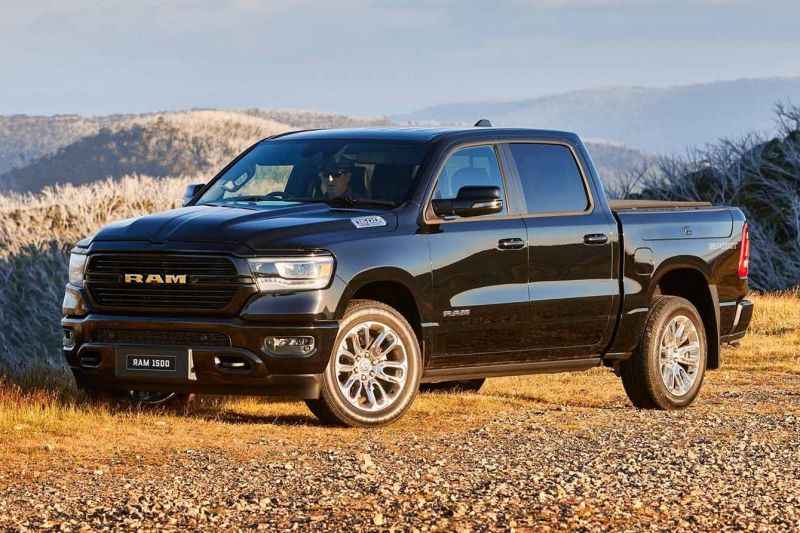The American Big 3 carmakers have recorded combined losses of US$2.9 billion (A$4.5 billion) as a result of six weeks of strike action by the United Auto Workers (UAW) union.
UAW members at Ford, GM and Stellantis facilities walked off the job to campaign for better wages and benefits, and the union has announced tentative agreements with Ford and Stellantis. An agreement has also reportedly been reached with GM.
In total, the massive strike action targeted nine production facilities, as well as 38 parts and distribution centres, with factories producing some of the Big 3’s most profitable models in the union’s crosshairs.
However, despite massive losses, Automotive News reports the blow might not be as big to the companies as initially suggested, with all three tipped to offset new increased labour costs with further production efficiencies.
Ford
The UAW targeted the Michigan Assembly Plant, which produces the Bronco and Ranger, and the Kentucky Truck Plant, which produces the F-250 and F-550 Super Duty pickups and Ford Expedition and Lincoln Navigator SUVs
Ford says the strike caused the company to lose a whopping US$1.3 billion (A$2 billion) – more than its total Q3 net income of US$1.2 billion (A$1.86 billion).
Due to resultant increased labour costs, Ford says it will now have to spend an additional US$850-900 (A$1300-1400) per vehicle on every vehicle it builds.
Automotive News reports that based on details from the Ford contract, labour costs per hour will rise from US$64 (A$100) to US$75-78 (A$116-120).
The UAW said the agreement will result in Ford workers receiving more in base wage increases than they have in the past 22 years. The union says the automaker has put 50 per cent more in offers on the negotiating table since the initial walkout.
The union has also won the right to strike over plant closures and the agreement will reinstate numerous employee benefits.
After ratification, Ford workers will receive an immediate 11 per cent wage increase with those on base wages receiving a 25 per cent increase over the course of the agreement, which runs through April 2028.
Those on a top wage will see cumulative raises equaling over 30 per cent with their starting rate increasing by 68 per cent, and all workers will see the return of benefits that were originally phased out over the years.
General Motors
At GM the strikes have impacted the Wentzville, Missouri and Arlington plants that make the Chevrolet Colorado and GMC Canyon utes, the Chevrolet Express and GMC Savana vans as well as the Chevrolet Tahoe and Suburban, GMC Yukon and Cadillac Escalade SUVs.
The strikes have also impacted GM’s Tennessee engine production plant.
GM has weathered the storm slightly better than Ford did, with the carmaker saying it has lost US$800 million (A$1.2 billion) through October 24 as a result of the strike.
In comparison, previous strike action surrounding contract negotiations in 2019 caused more damage, stopping all of GM’s operations and costing the company nearly US$3 billion (A$4.6 billion).
GM and the UAW have reportedly reached a tentative agreement, but the two have yet to announce any deal.
Stellantis
The strike action affected production at Stellantis’ Toledo, Ohio factory, which produces the Jeep Gladiator and Wrangler, and the Sterling Heights, Michigan plant that produces the Ram 1500.
The company quotes US$3.2 billion (A$4.97 billion) in lost revenue but says the 44-day strike is expected to reduce its net income by less than US$800 million (A$1.2 billion).
It’s also reported that Stellantis will also see a similar increase to Ford in hourly labour costs.
The tentative deal with Stellantis mirrors much of the progress made with Ford.
This results in Stellantis workers receiving the biggest base wage increase in 22 years.
The agreement runs through April 2028, in which time base wages will rise by 25 per cent and, compounded with cost of living allowances, the starting wage will increase by 67 per cent.
The lowest earners at Stellantis, those on temporary employment agreements, will see a raise of more than 165 per cent over the life of the agreement. Additionally, some Mopar workers will see an immediate 76 per cent increase upon ratification.
Compounded with cost of living allowances, top wage earners will see cumulative raises of 33 per cent.
In addition to pay rises and similar to Ford, employees will be granted additional bonuses targeted at pensions and 401(k) plans (similar to Australia’s superannuation initiative).

